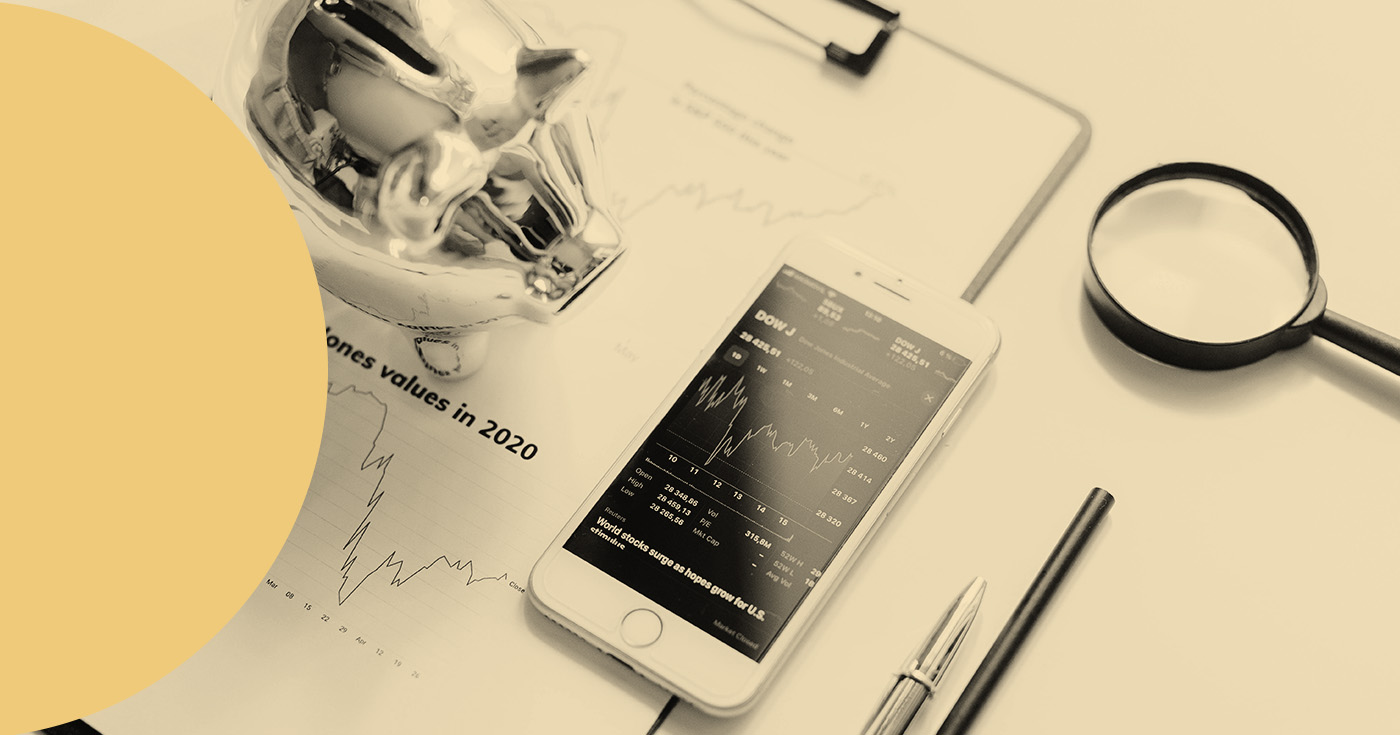
What is a ‘financial bridge’?
When we interviewed Uri Vyce on our podcast, he explained that he was able to make the leap to entrepreneurship by applying a key concept: the “financial bridge.” Have you heard of it? In this article, we explain what it means with the help of Uri himself.
The first thing to note is that the financial bridge is a type of financial safety net. A financial safety net is essential for anyone who wants to maintain economic stability and protect themselves against unforeseen events. For the average saver, worker, or investor, this net must be robust enough to cover emergencies, allow for the continuation of investments, and ensure a certain level of financial peace of mind in the long term.
In both cases, we are talking about a set of actions to implement to protect against unforeseen events that could compromise our lifestyle, such as losing a job. On this blog, we’ve already discussed the basic component of this net, the emergency fund. Remember, this fund is simply a liquid savings reserve—that is, accessible at any time—equivalent to at least six months of expenses.
The Financial Safety Net
Therefore, every financial safety net should include an emergency fund as its foundation. There is no single definition of what this net should include, but we can list some basics.
In addition to the emergency fund, a good net should include health insurance and other basic insurances. Having health insurance is not—or should not be—a luxury. Rather, it is a crucial tool to prevent an unexpected medical expense from depleting your emergency fund or putting you in debt. Similarly, life insurance protects our family in case something serious happens to us. Home insurance provides coverage against risks to the property, as it helps cover necessary repairs. The same goes for car or motorcycle insurance—essential, and also legally required.
The rest of the components of the net are more abstract, in the sense that they are concepts rather than tangible elements. For example, a good safety net will include some income diversification. How is this achieved? For most, the simplest approach will be to supplement work with investments that generate passive income. For example, putting money—and adding more—into an index fund… or Urbanitae projects.
Another important aspect of the net will be good debt management. High-interest debts, such as credit card debts, should be paid off as soon as possible to prevent them from becoming a financial burden. As we know, compound interest can also work against you, exponentially increasing your debt if it gets out of control.
And a good financial net will also include some plan for retirement. It’s common, and reasonable, to have a pension plan, that is, an investment fund with different characteristics, conservative and, ultimately, designed to protect savings—and make them grow—to have an extra once work is no longer a source of income for us.
The Financial Bridge
So, what exactly is the financial bridge? We could define it as an advanced safety net because the financial bridge goes further. The purpose is different since the financial bridge is designed not so much to protect you from unforeseen events but to allow you to change jobs, leave your job, or start a business without having to take a leap into the void, as Uri Vyce explains.
This “bridge” is what allowed Uri Vyce (Oriol Valls) to leave a rather well-paying job—as he himself acknowledges—and start his path to entrepreneurship. In other words, to found habitacion.com, a company that allows you to buy rooms and invest in them. What does it involve?
To face a job change, whether voluntary or forced, you need time. During that time, by definition, we will have lost one of our sources of income. Most likely, the main one. The financial bridge is a way to compensate for that “deficit” so that, during that transitional phase, we can maintain our lifestyle and meet the same expenses we already had.
The theory is simple, but as we will see, the practice is not. The financial bridge has three pillars that should be as balanced as possible: when one fails, others must compensate.
Pillar 1: Savings
The first pillar is savings. In this case, we are simply talking about the emergency fund. As we have mentioned, this fund should be able to support us for at least six months. But ideally, we should not touch it unless absolutely necessary, and if we must, we should try to replenish it as soon as possible. So far, so good.
Pillar 2: Income
The second pillar of the bridge is income sources. If there is only one, the job, we will quickly see the vulnerability of this support. However, if we happen to give private English or paddle tennis lessons, create and sell illustrations, have a side business designing websites… In short, if we have more sources of active income—that is, those that involve work on our part—we will better cushion the transition to the next stage of our lives.
Pillar 3: Assets
The third pillar includes everything that provides us with passive income. This includes passive management investments, such as index funds or robo-advisors—or real estate crowdfunding, as long as we reinvest the profits. But also, if you’re lucky, a rental property that provides periodic rental income. Or high-yield savings accounts generating appreciable interest.
How do I know if my bridge will hold? The first thing you need to know, just like with the emergency fund, is how much you spend per month. If the sum of the income from the three pillars covers that amount, then your financial bridge is reliable. If it exceeds it, it will allow you to approach your job change or entrepreneurial adventure with much more security. Although we can’t guarantee you’ll do as well as Uri…

